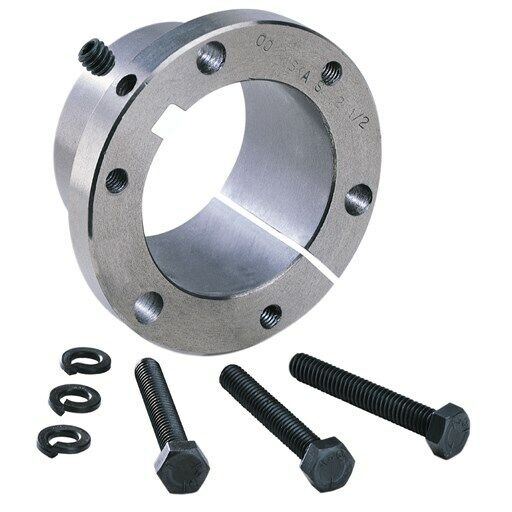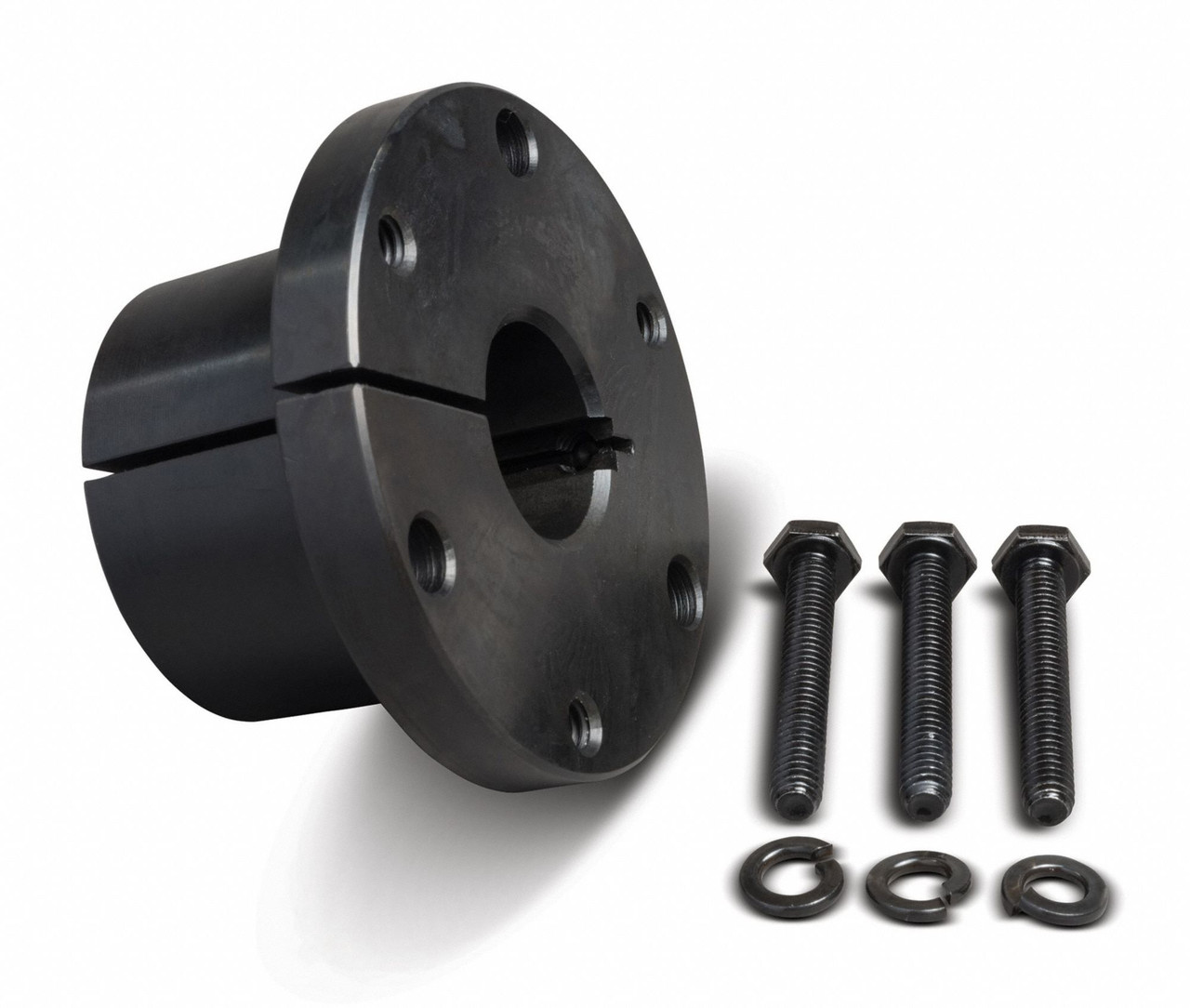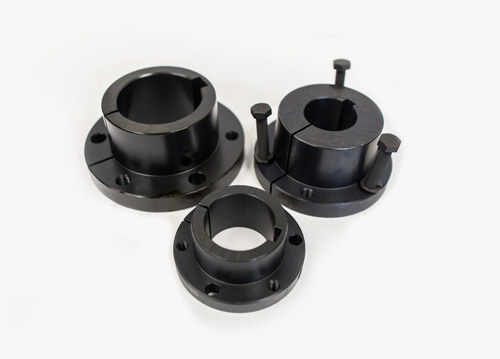
Where can I find cost-effective QD bushings for agricultural equipment and machinery?
If you’re looking for cost-effective QD (Quick Disconnect) bushings specifically for agricultural equipment and machinery, there are several places where you can find them. Here are some options to consider:
- Agricultural Equipment Dealers and Suppliers: Contact local agricultural equipment dealers or suppliers who specialize in providing parts and components for farm machinery. These dealers often carry a range of power transmission components, including QD bushings. They may have cost-effective options suitable for agricultural applications. Visiting their physical stores or checking their online platforms can help you explore available options and compare prices.
- Online Marketplaces: Online marketplaces such as Amazon, eBay, and Alibaba can be valuable resources for finding cost-effective QD bushings for agricultural equipment. These platforms bring together various sellers, including distributors and manufacturers, offering a wide selection of industrial components. You can browse through the listings, compare prices, and read customer reviews to make informed purchasing decisions.
- Industrial Surplus Outlets: Industrial surplus outlets specialize in selling new, used, or discontinued industrial components at discounted prices. These outlets may have QD bushings available at lower costs compared to regular retail channels. You can search for local industrial surplus stores or explore online surplus marketplaces to find cost-effective options for agricultural machinery.
- Online Directories and Supplier Databases: Online directories and supplier databases specific to the agricultural industry can help you identify suppliers and manufacturers of power transmission components, including QD bushings. These platforms often provide information on multiple suppliers, allowing you to compare prices and request quotes directly from the suppliers. Examples of such directories include AgriExpo, Farm Equipment Guide, and Farm Industry News Supplier Directory.
- Manufacturer Websites: Many QD bushing manufacturers have their own websites where you can explore their product offerings, including those suitable for agricultural equipment. By visiting their websites, you can obtain information on available options, specifications, and pricing. Some manufacturers may offer cost-effective alternatives or have promotions specifically targeting the agricultural sector.
When searching for cost-effective QD bushings, it’s important to consider factors beyond just the price. Evaluate the quality, reliability, and compatibility of the bushings with your agricultural equipment. Assess the manufacturer’s reputation, warranty policies, and customer support to ensure a satisfactory buying experience and long-term performance of the bushings.
By exploring these sources and considering your specific requirements, you can find cost-effective QD bushings suitable for agricultural equipment and machinery, contributing to efficient and reliable operation while minimizing costs.

What are the common materials used in the construction of QD bushings, and how do they affect performance?
QD (Quick Disconnect) bushings are available in various materials, each with its own characteristics that can impact performance and suitability for specific applications. Here are some common materials used in the construction of QD bushings and their effects on performance:
- Steel: Steel is a widely used material in QD bushings due to its excellent strength and durability. Steel QD bushings can handle high torque and load capacities, making them suitable for heavy-duty applications. They provide good resistance to wear and can withstand harsh operating conditions. Steel bushings are often coated or plated to enhance corrosion resistance.
- Stainless Steel: Stainless steel QD bushings offer similar strength and durability to steel bushings but with added corrosion resistance. They are particularly suitable for applications where exposure to moisture, chemicals, or corrosive environments is a concern. Stainless steel bushings are commonly used in industries such as food processing, pharmaceuticals, and marine applications.
- Cast Iron: Cast iron QD bushings are known for their excellent shock absorption and vibration damping properties. They can help reduce noise and minimize the transmission of vibrations in rotating equipment. Cast iron bushings are often used in applications where noise reduction and improved equipment performance are critical, such as in machinery and industrial equipment.
- Bronze: Bronze QD bushings offer good wear resistance and low friction properties. They are commonly used in applications where self-lubrication and reduced friction are essential, such as in conveyor systems and high-speed machinery. Bronze bushings also exhibit good resistance to corrosion and can operate in heavy load conditions.
- Plastic and Composite Materials: Certain QD bushings are made from plastic or composite materials, such as nylon or reinforced polymers. These bushings offer advantages such as lightweight construction, corrosion resistance, and low friction. Plastic bushings are often used in applications where quieter operation, non-conductivity, or chemical resistance is required. However, they may have lower load and torque capacities compared to metal bushings.
The choice of material for QD bushings depends on the specific requirements of the application. Factors such as load capacity, speed, environmental conditions, and the need for corrosion resistance or vibration damping influence material selection. It is important to consider these factors and refer to manufacturer specifications and recommendations when choosing the appropriate material for QD bushings.
Additionally, it is worth noting that the material of the QD bushing can affect the compatibility with the mating shaft material. Proper consideration should be given to ensure that the chosen bushing material is compatible with the shaft material to avoid issues such as galling, excessive wear, or galvanic corrosion.
By understanding the characteristics and effects of different materials used in QD bushings, you can select the most suitable material that aligns with your application’s requirements and enhances the overall performance and reliability of your mechanical system.

Can I get step-by-step instructions on installing QD bushings for different mechanical setups?
While I can provide a general overview of the installation process for QD bushings, it’s important to note that the specific installation steps can vary depending on the mechanical setup and the manufacturer’s guidelines. It is recommended to consult the manufacturer’s instructions and specifications for the specific QD bushing you are using. However, here is a general outline of the steps involved in installing QD bushings:
- Gather the necessary tools and equipment: Before you begin the installation process, ensure you have the required tools and equipment on hand. This may include wrenches, torque wrenches, a mallet or hammer, and any additional components or accessories specified by the manufacturer.
- Prepare the shaft and the mounting component: Clean the shaft and the inner bore of the mounting component to remove any dirt, debris, or old lubricants. Ensure that the shaft surface is smooth and free from any damage or burrs that could interfere with the installation process.
- Inspect the QD bushing: Before installing the QD bushing, inspect it for any visible damage or defects. Ensure that the tapered surfaces and the flange are clean and free from any debris that could affect the installation or the connection with the shaft and the mounting component.
- Position the QD bushing: Place the QD bushing over the shaft, ensuring that it aligns properly with the desired location on the shaft. The flange of the bushing should be facing the mounting component.
- Engage the QD bushing: Apply even pressure to the outer surface of the QD bushing to initiate the engagement. This can be done using a mallet or hammer. Ensure that the bushing is centered and properly seated on the shaft. Avoid applying excessive force that could damage the bushing or the shaft.
- Tighten the QD bushing: Using the specified torque value provided by the manufacturer, tighten the QD bushing by turning the tightening screws or bolts evenly. Follow the recommended tightening sequence provided by the manufacturer to ensure an even and secure connection. Be careful not to over-tighten the bushing, as this can cause damage.
- Verify the installation: After tightening the QD bushing, inspect the connection to ensure that it is secure and properly aligned. Check for any axial movement or play between the bushing, shaft, and mounting component. Verify that the mounted component is positioned correctly and securely fastened to the bushing.
- Complete the installation: Once you have verified the installation, proceed with any additional steps required for your specific mechanical setup. This may involve attaching other components, aligning belts or chains, or performing any necessary adjustments or calibrations.
It’s important to note that the above steps are a general guide and may not cover all possible scenarios or variations. Always refer to the manufacturer’s instructions and guidelines specific to the QD bushing you are using. Following the manufacturer’s recommendations will ensure proper installation and optimal performance of the QD bushing in your mechanical setup.


editor by CX 2024-04-23